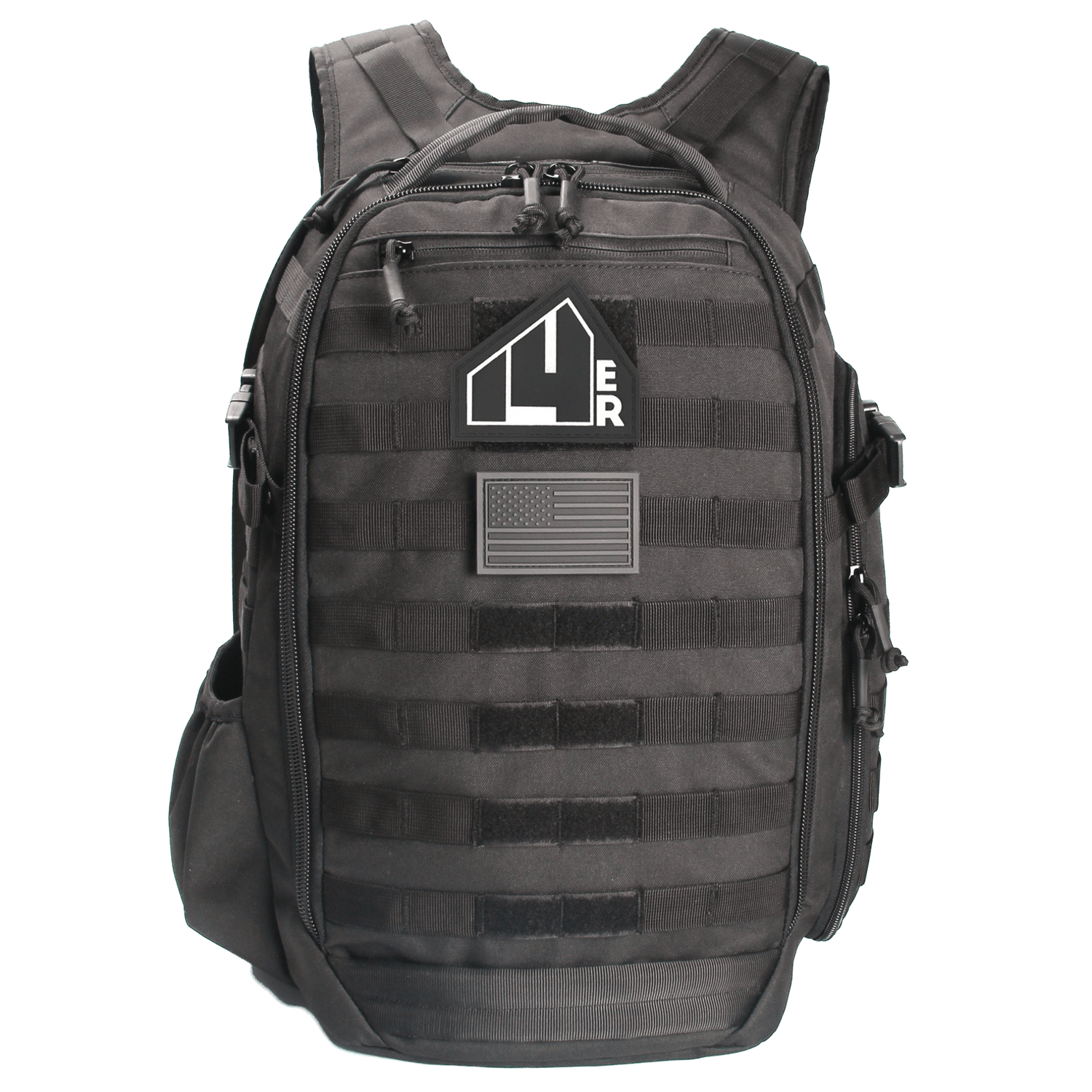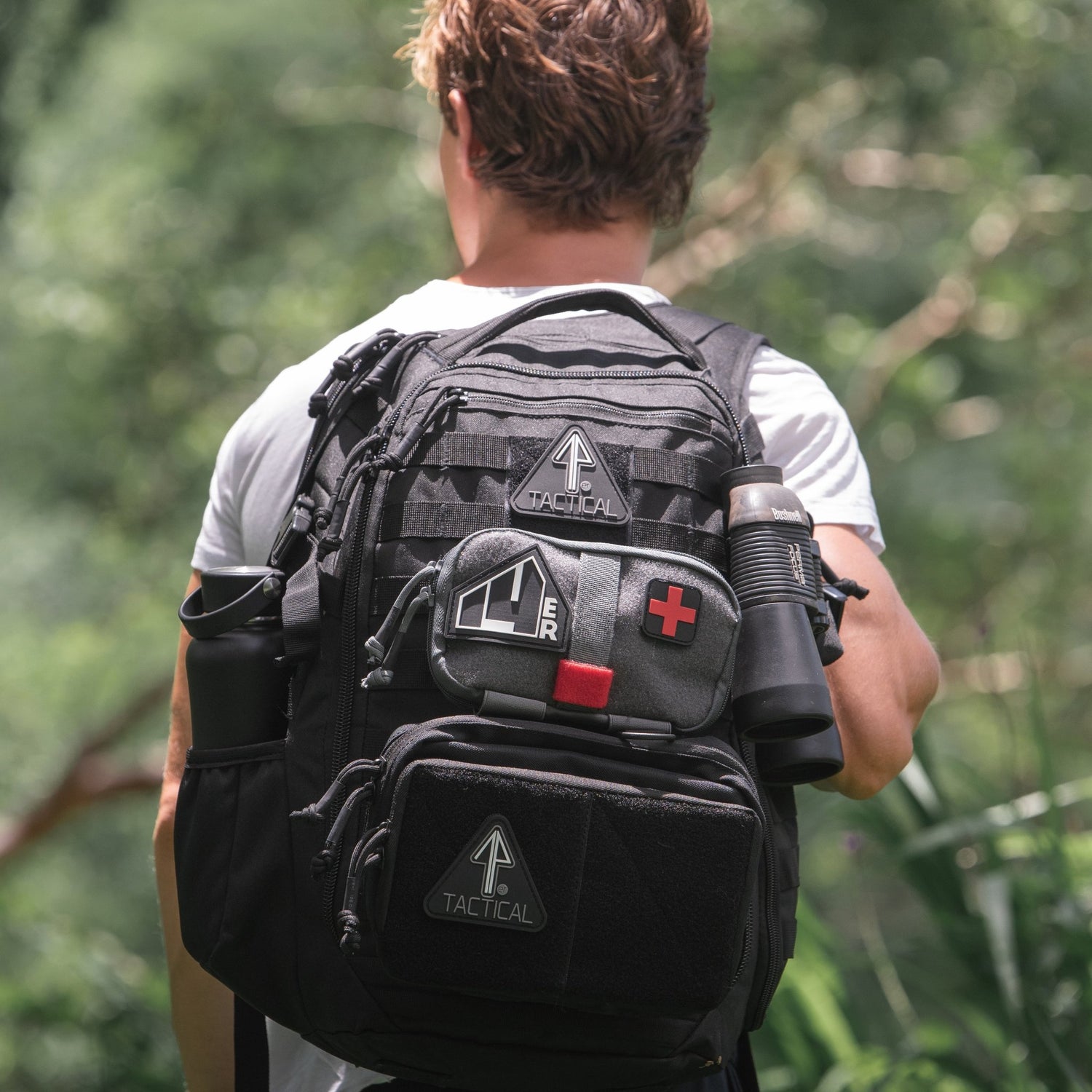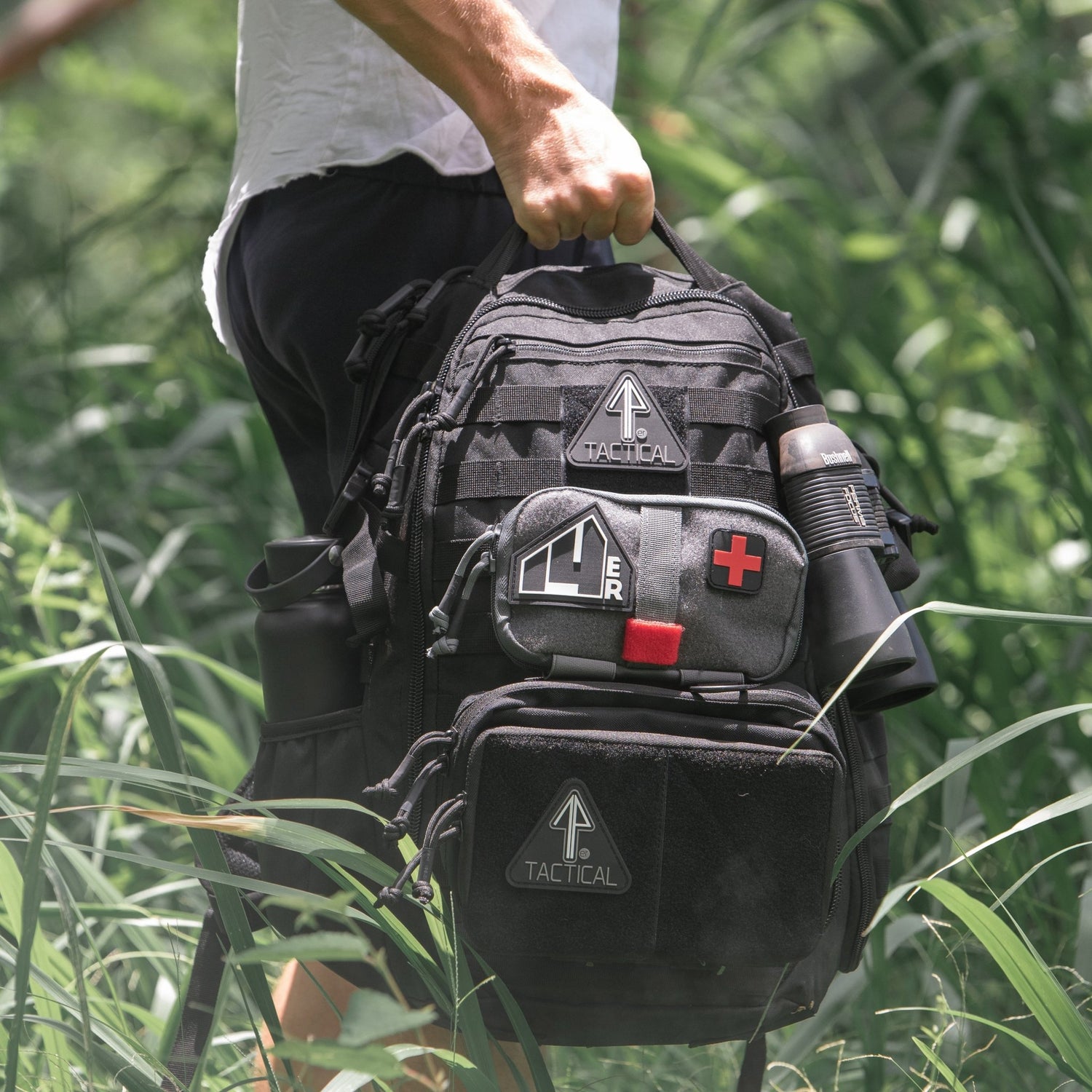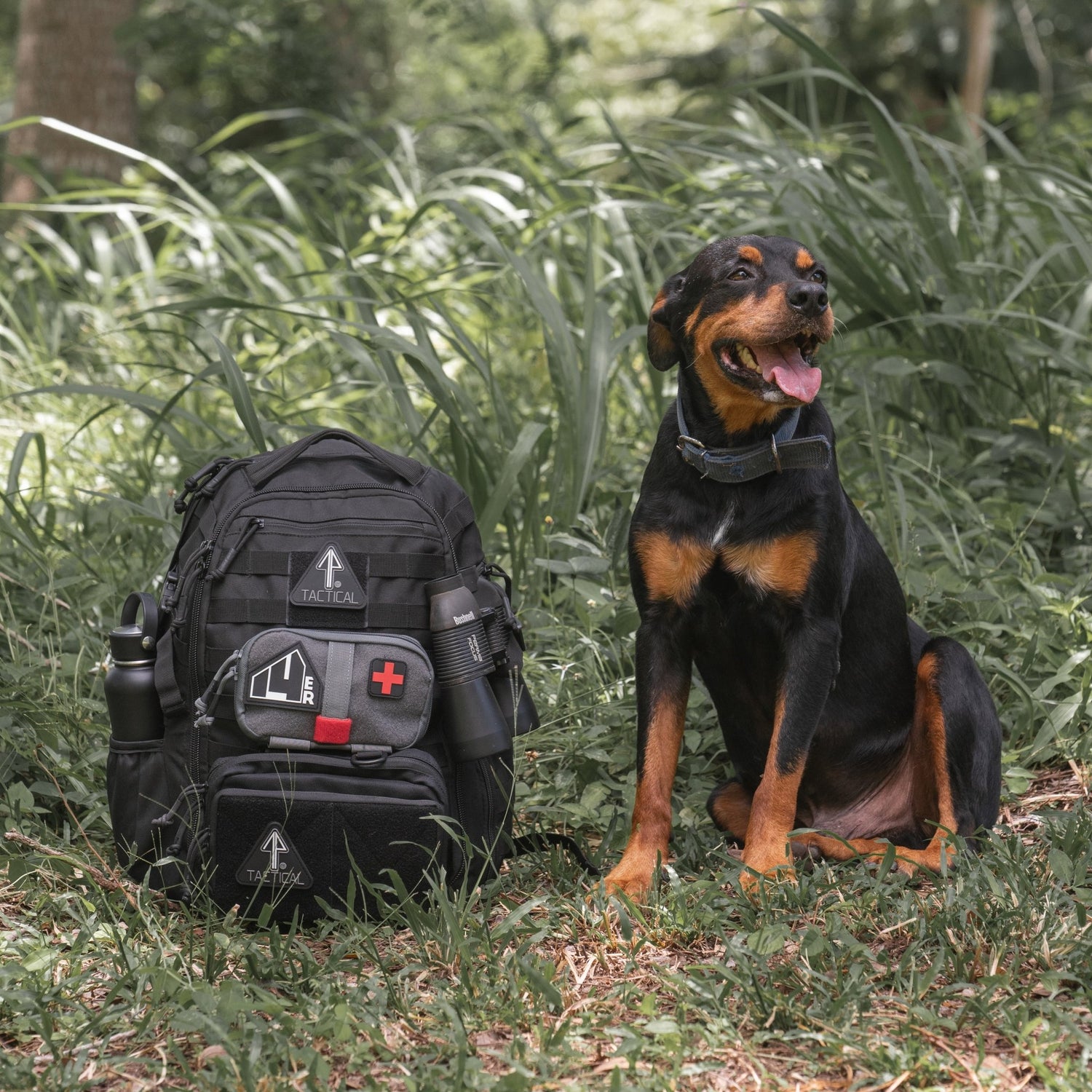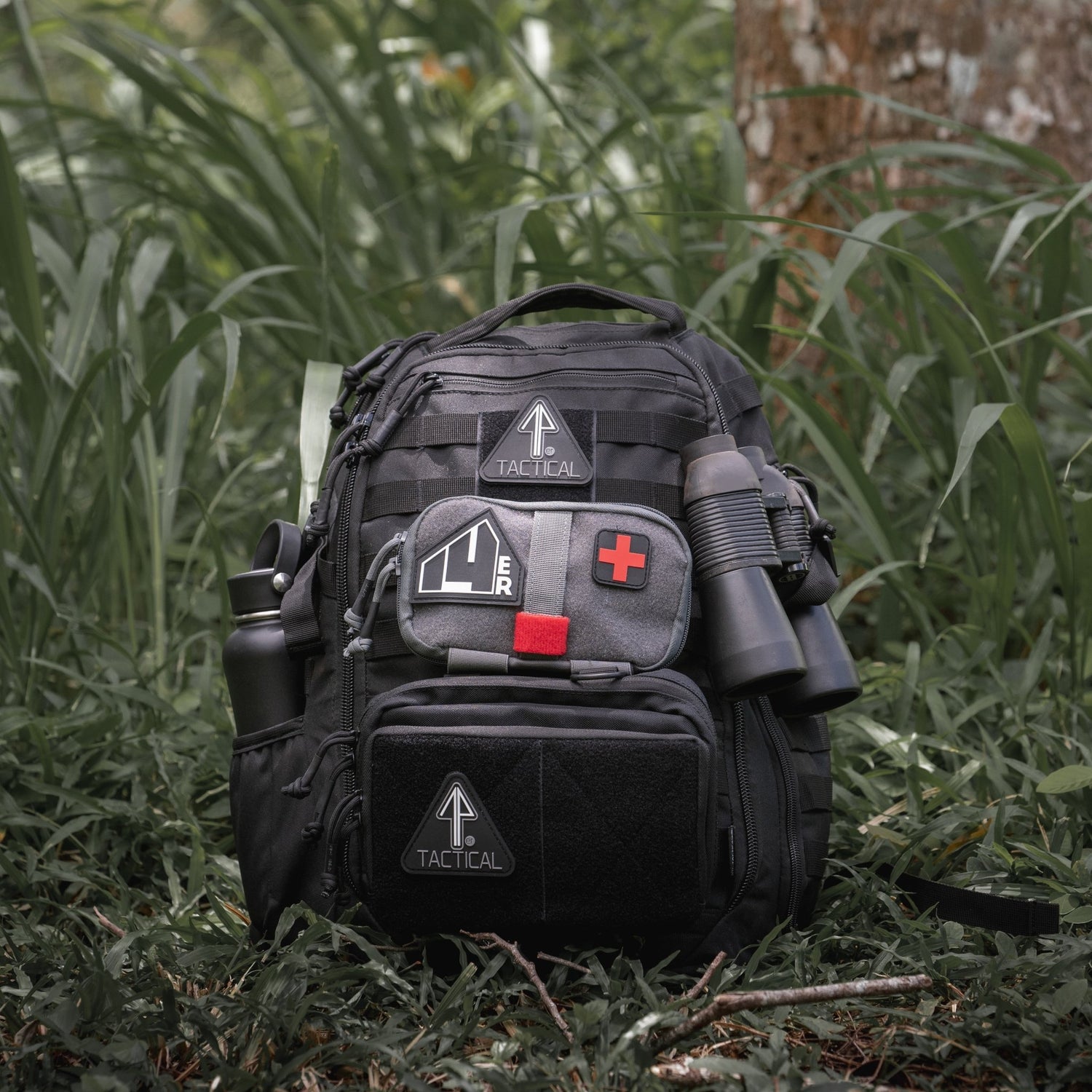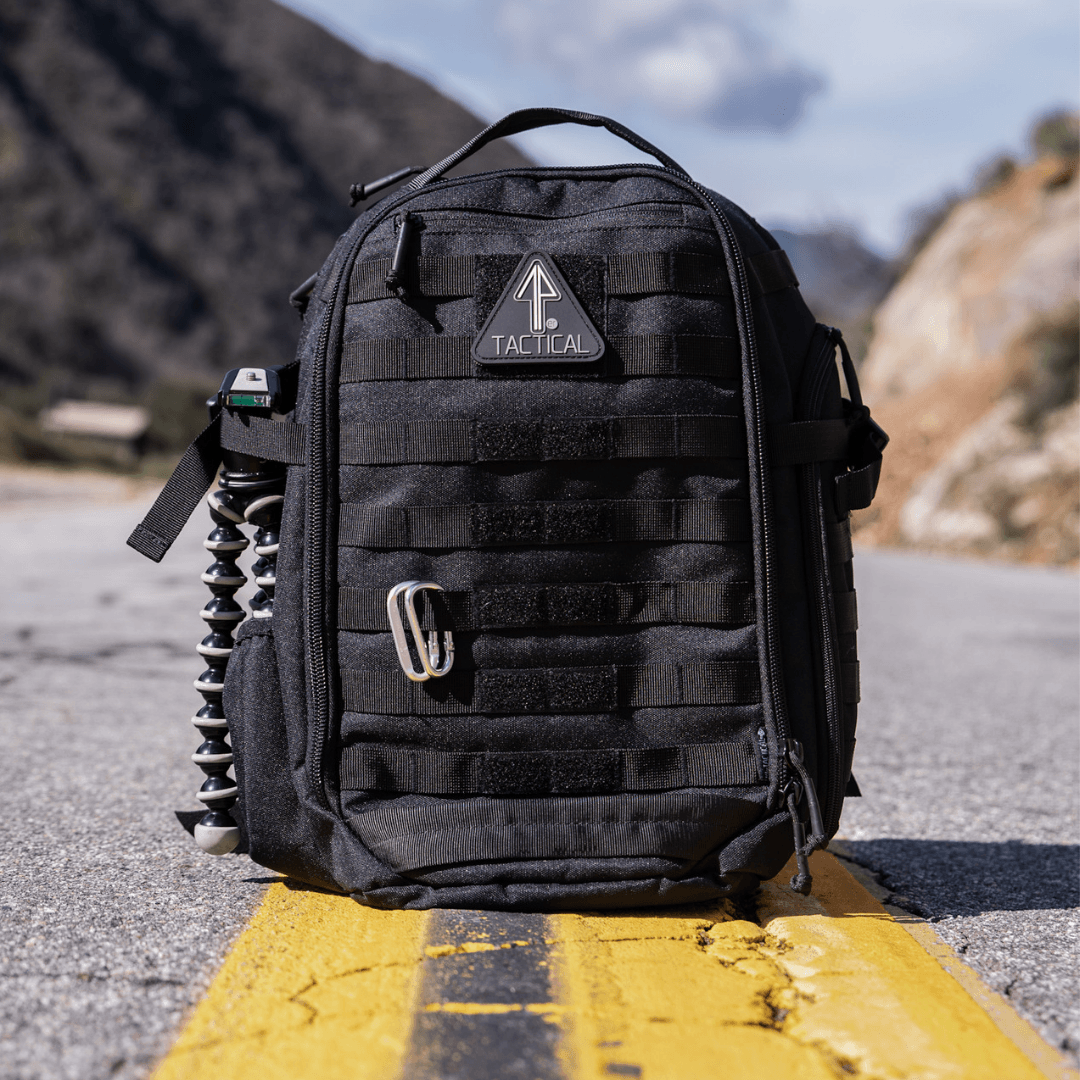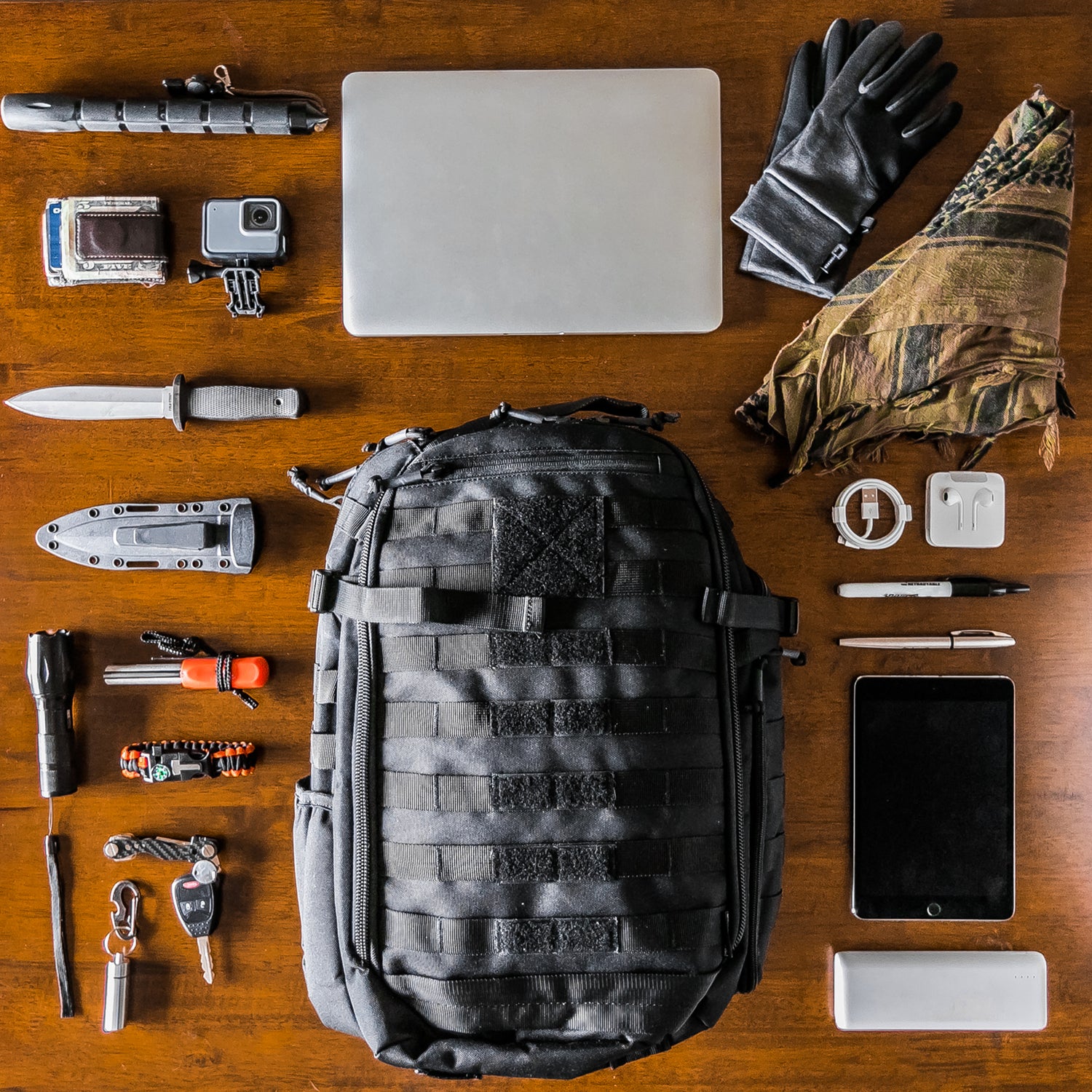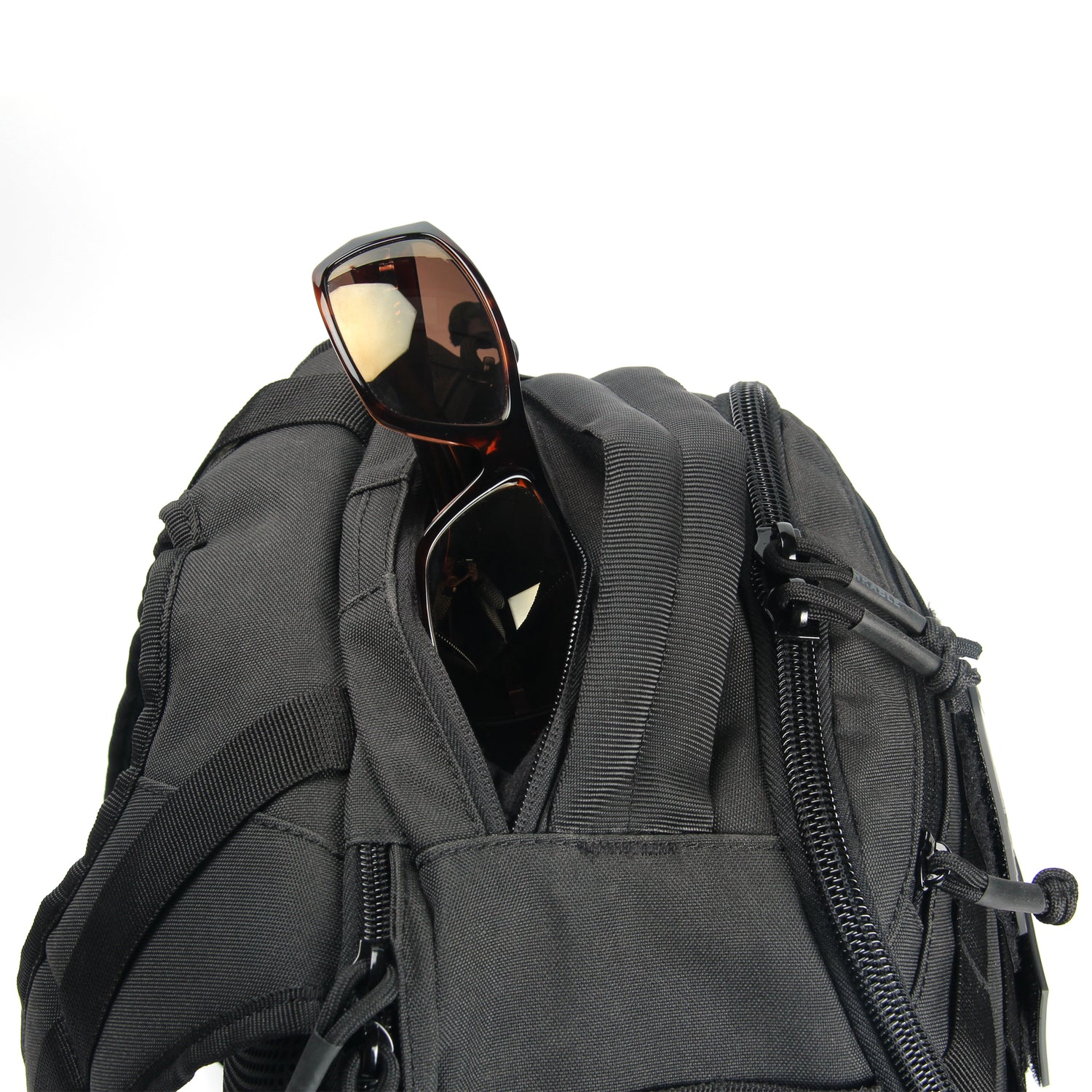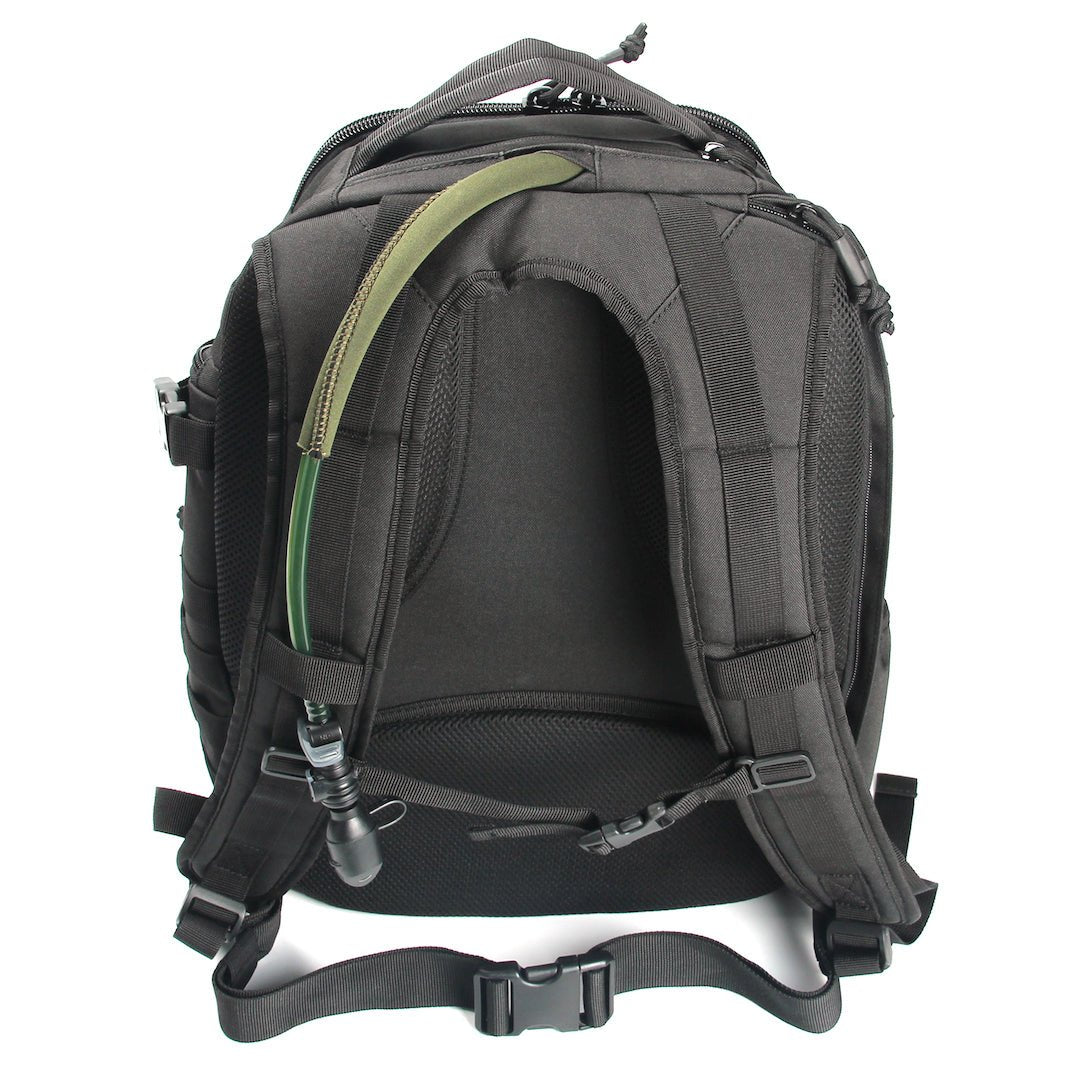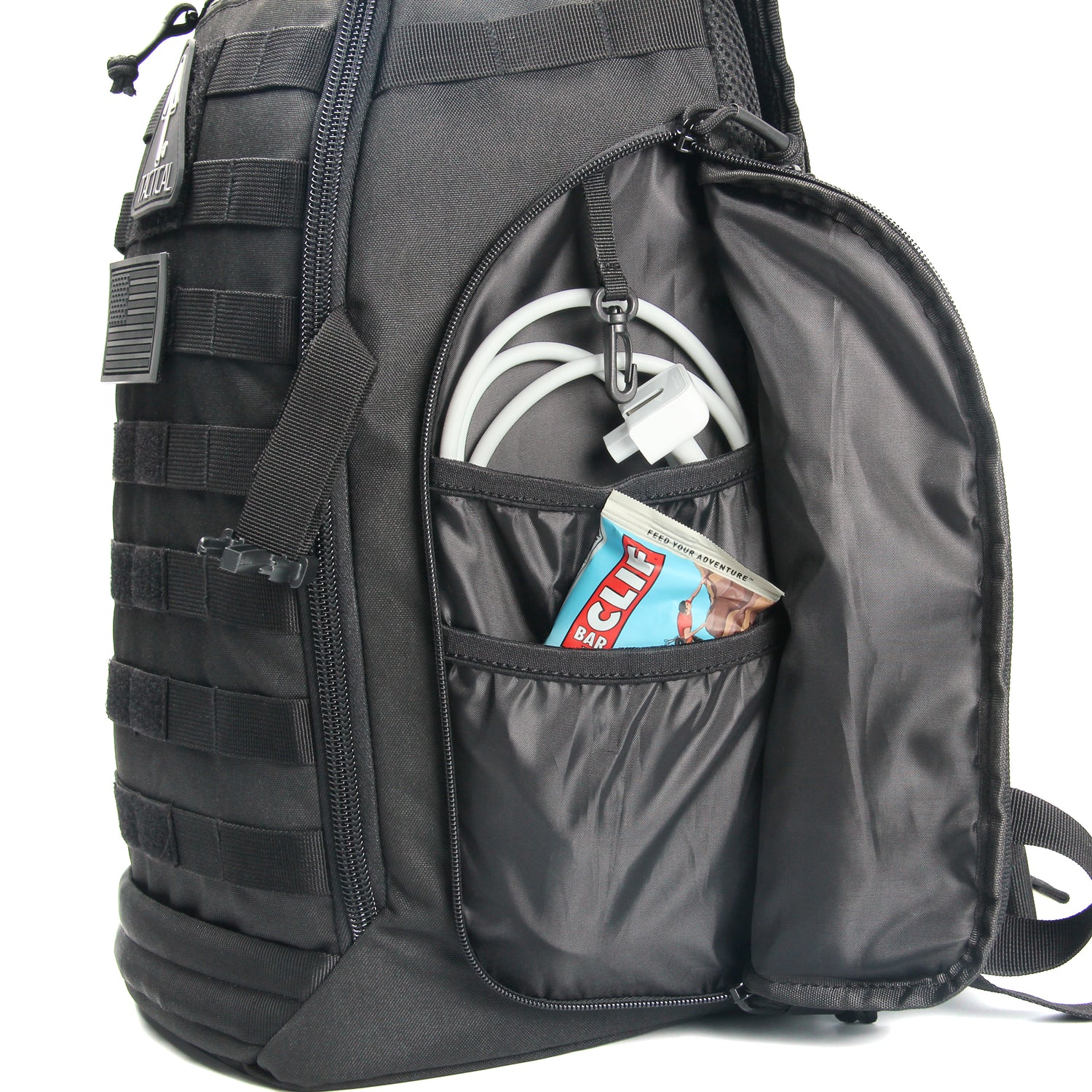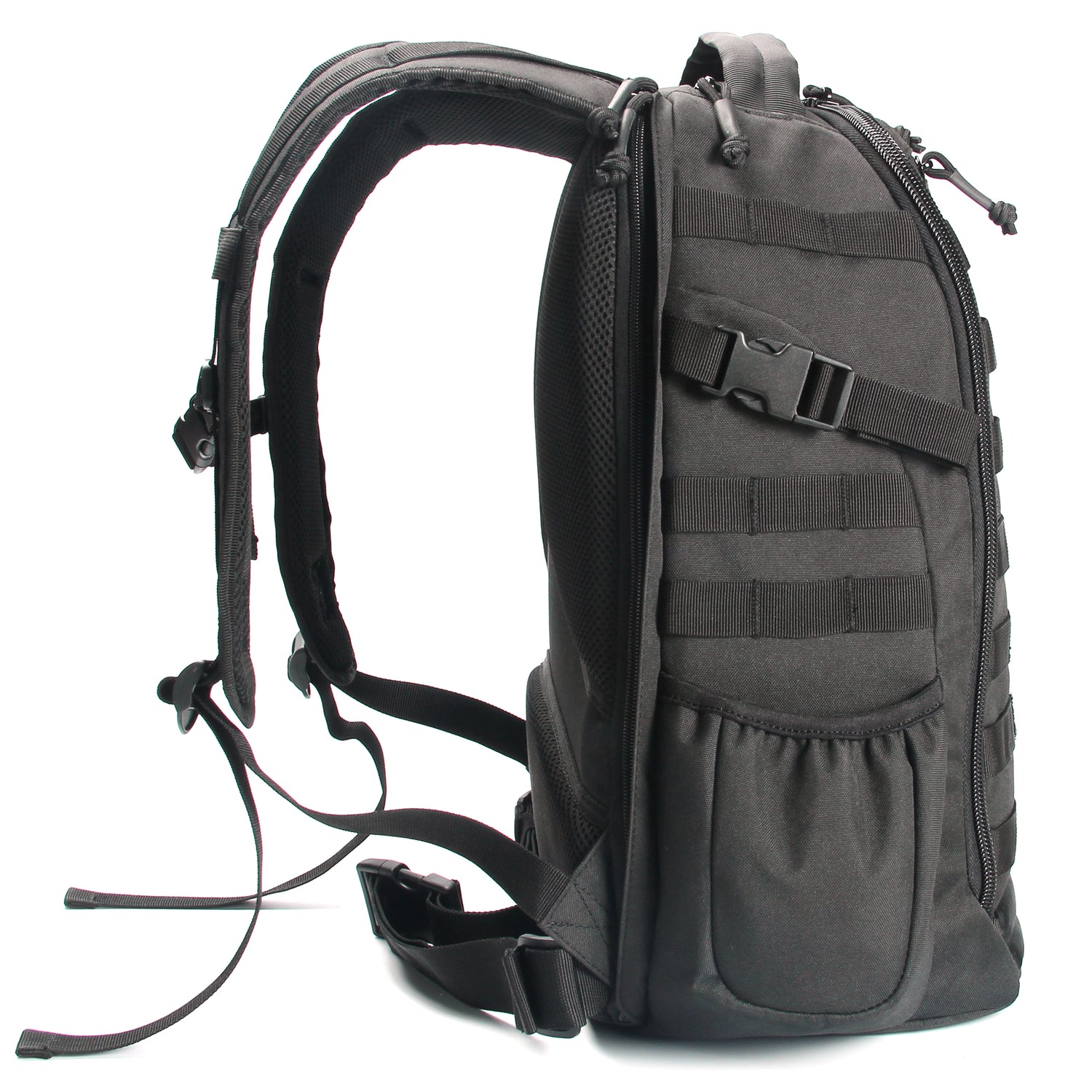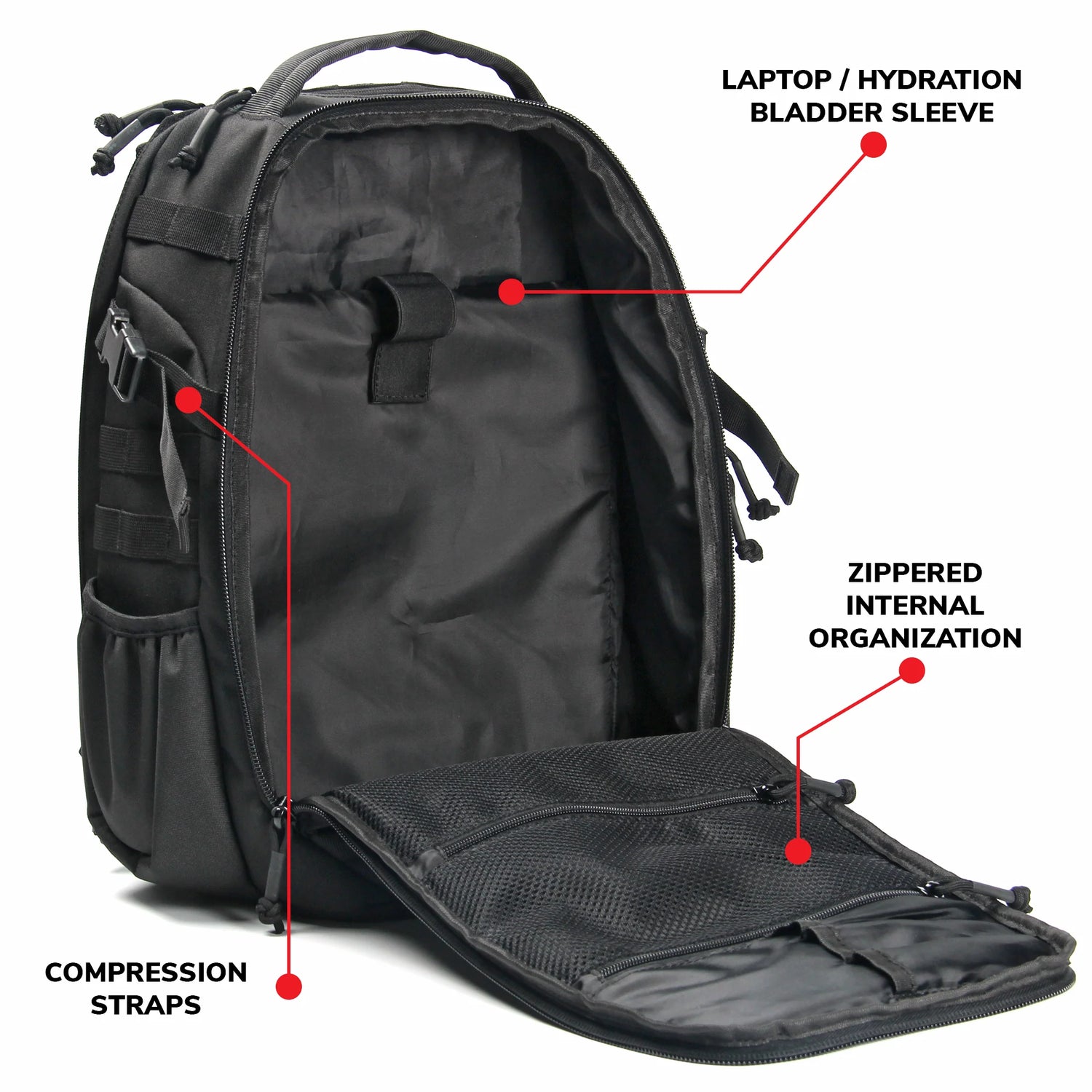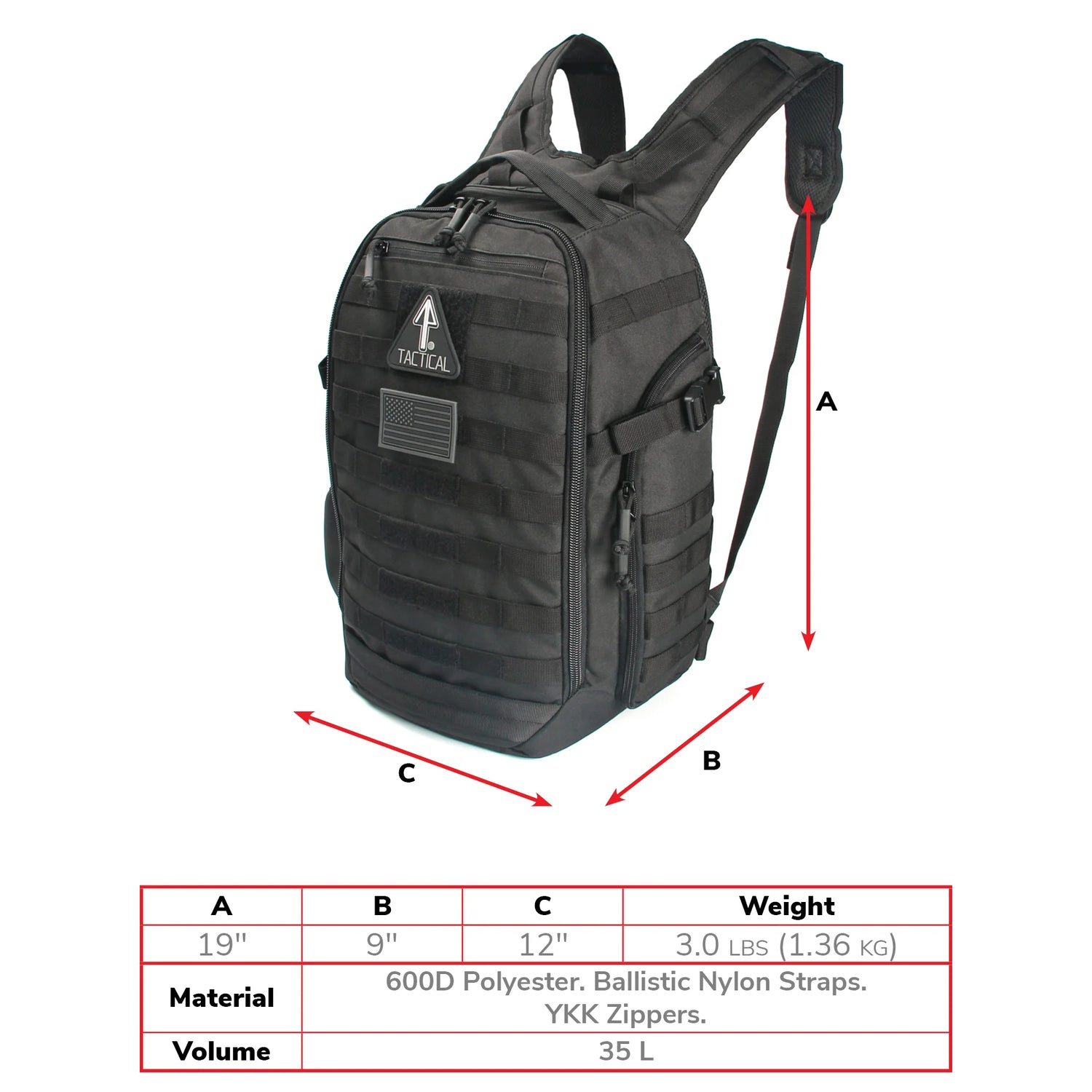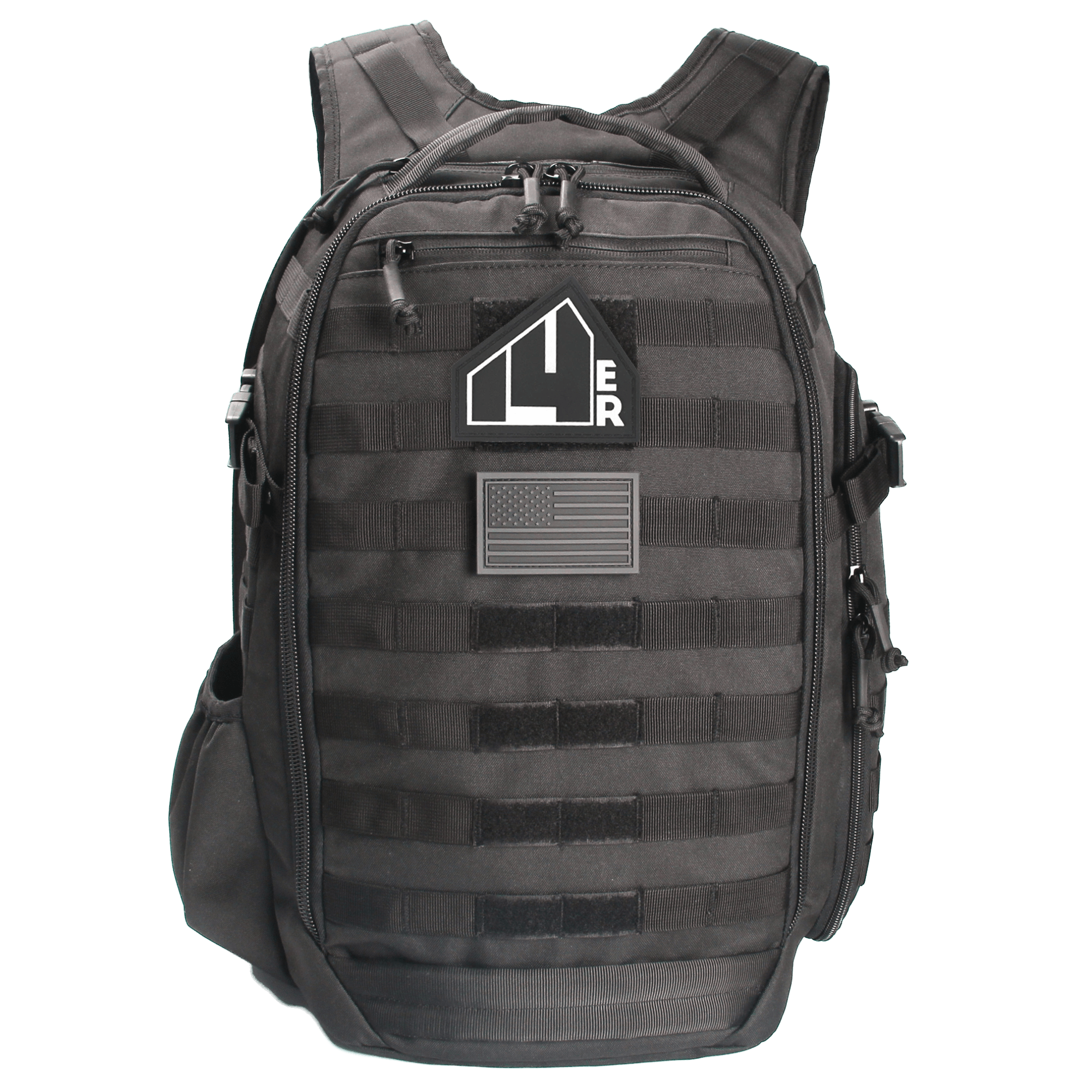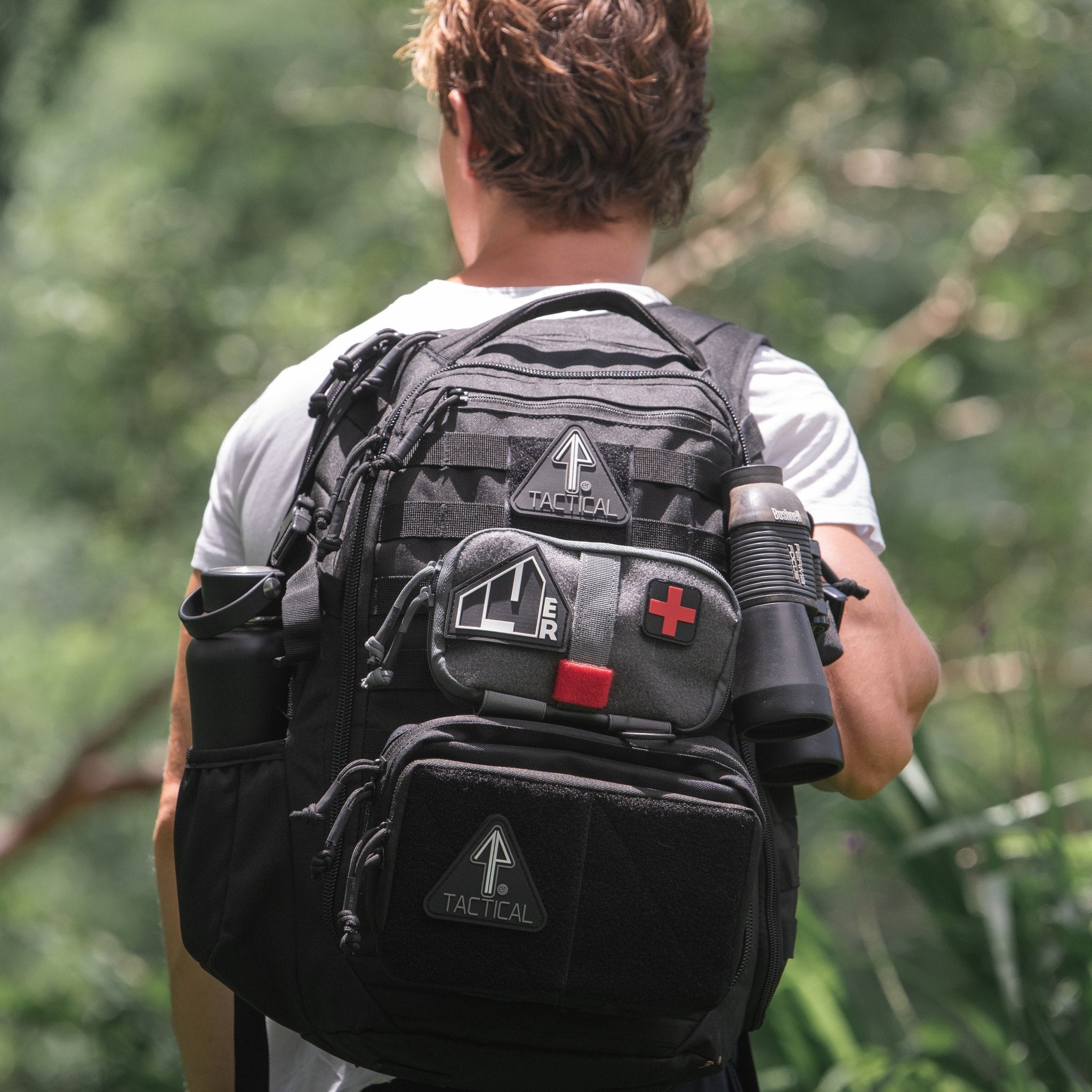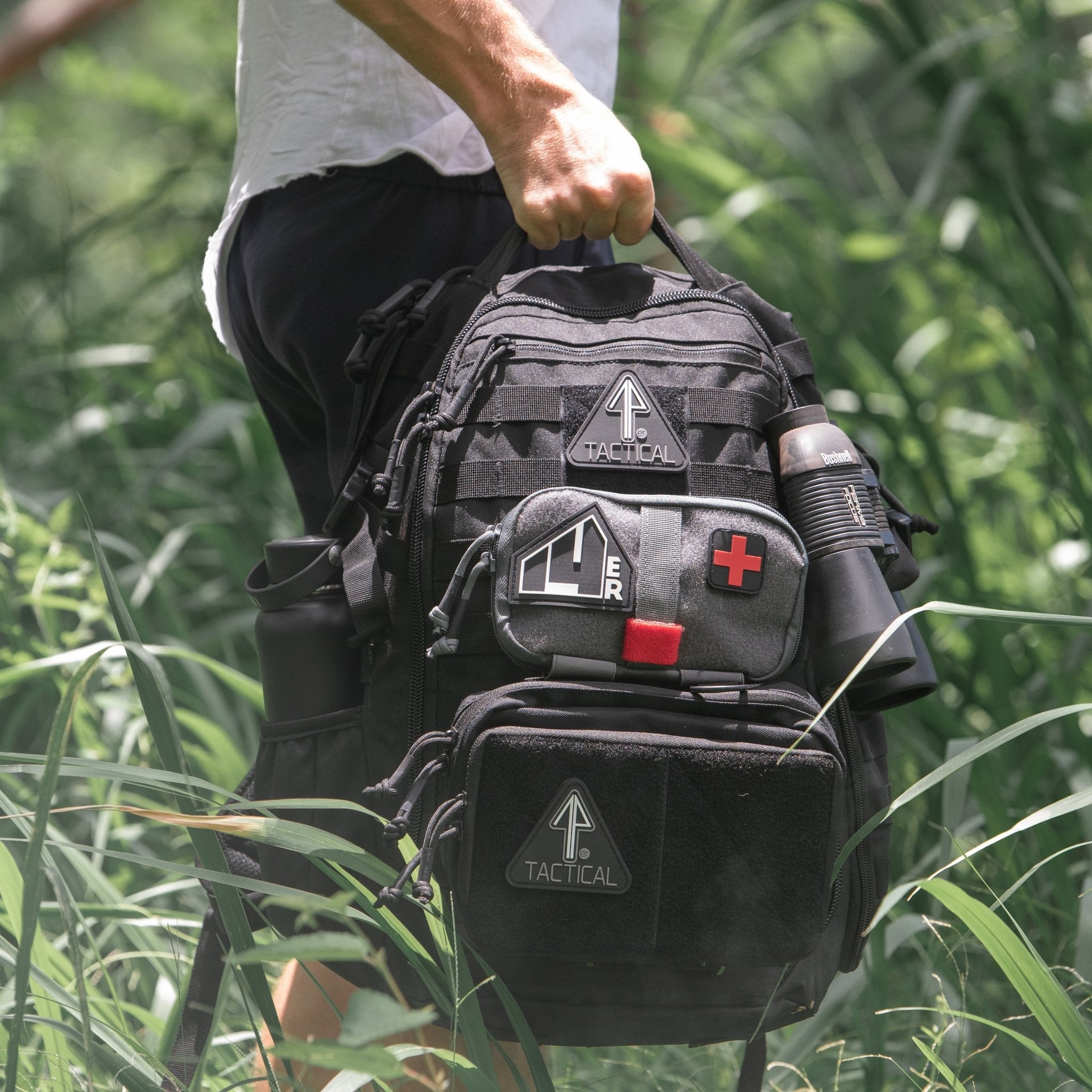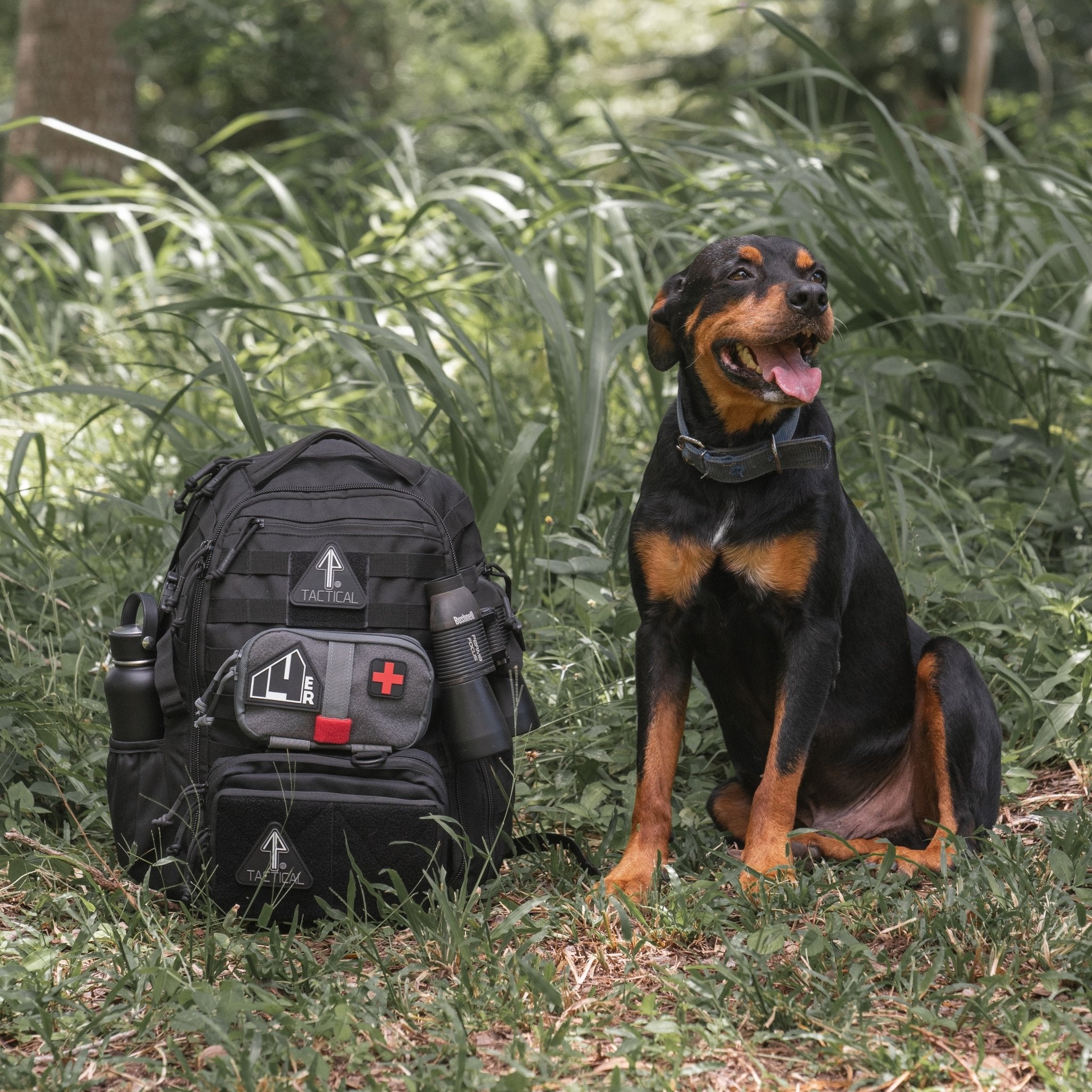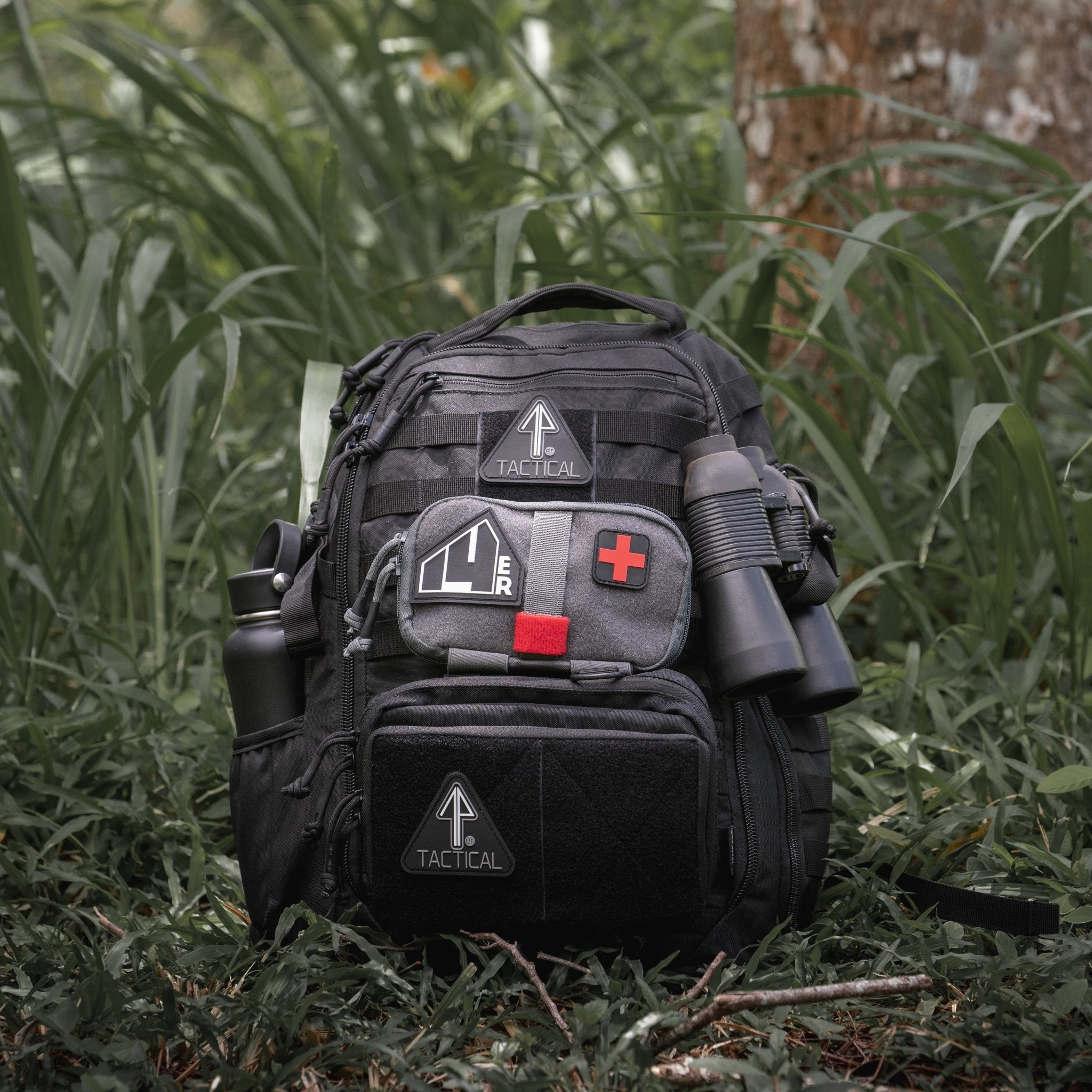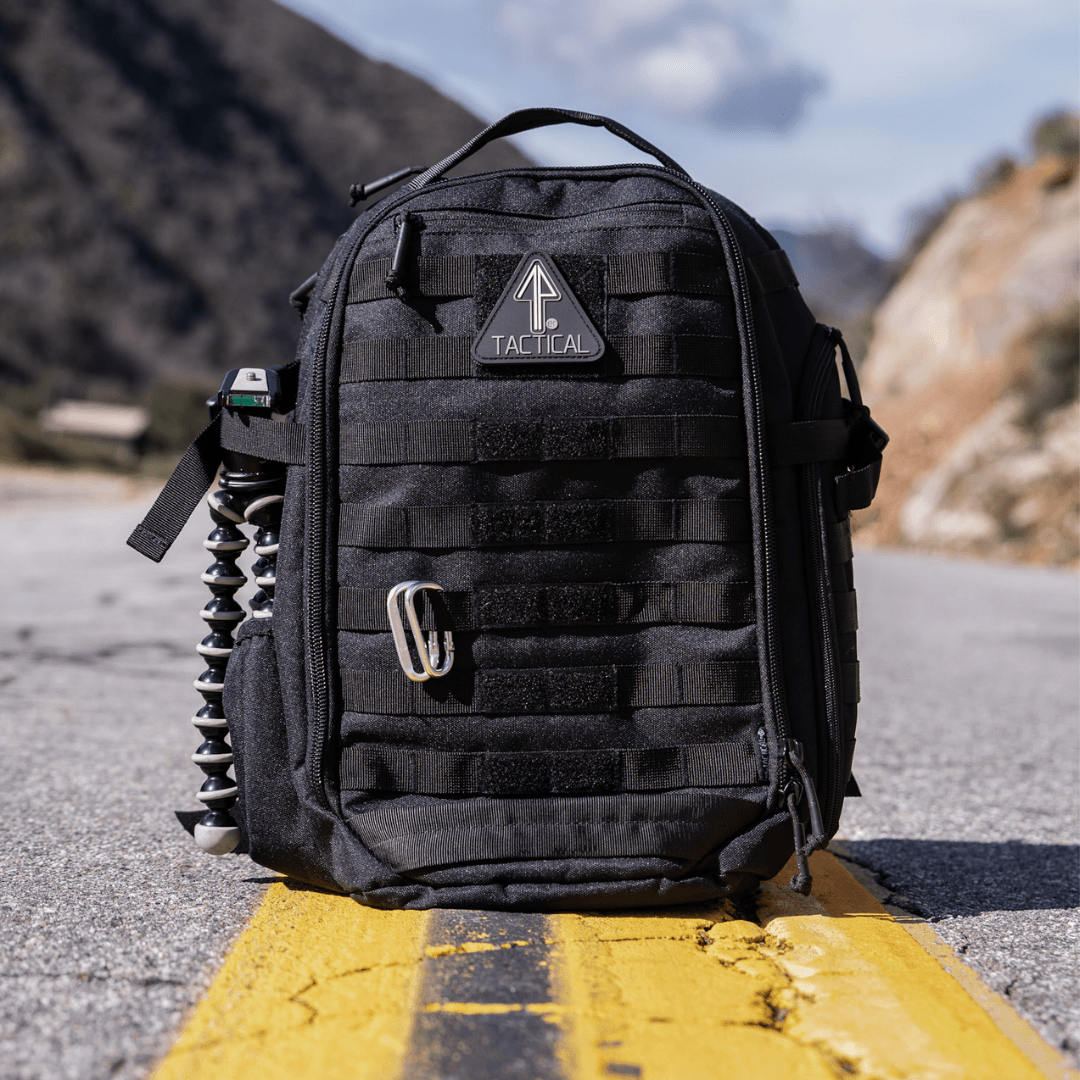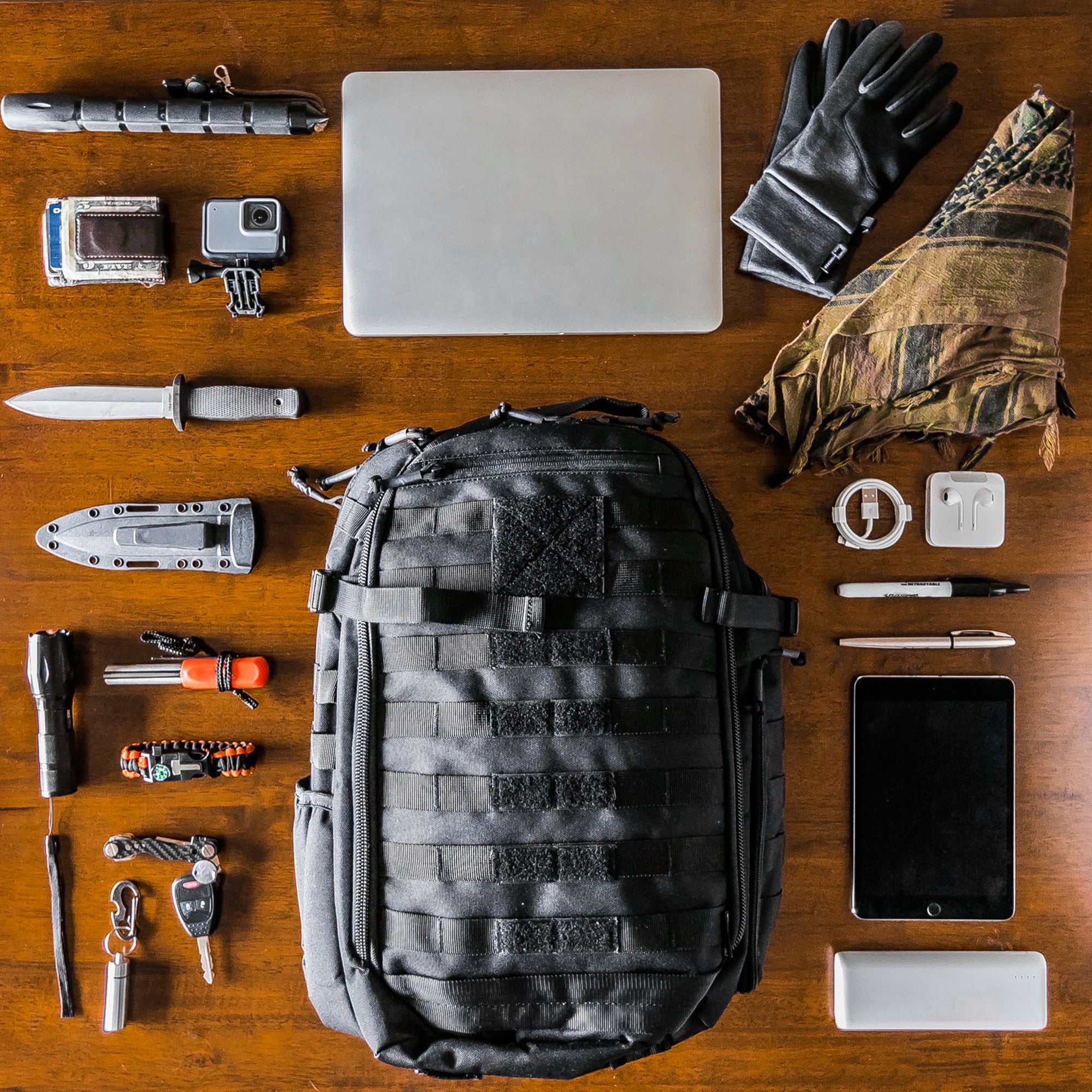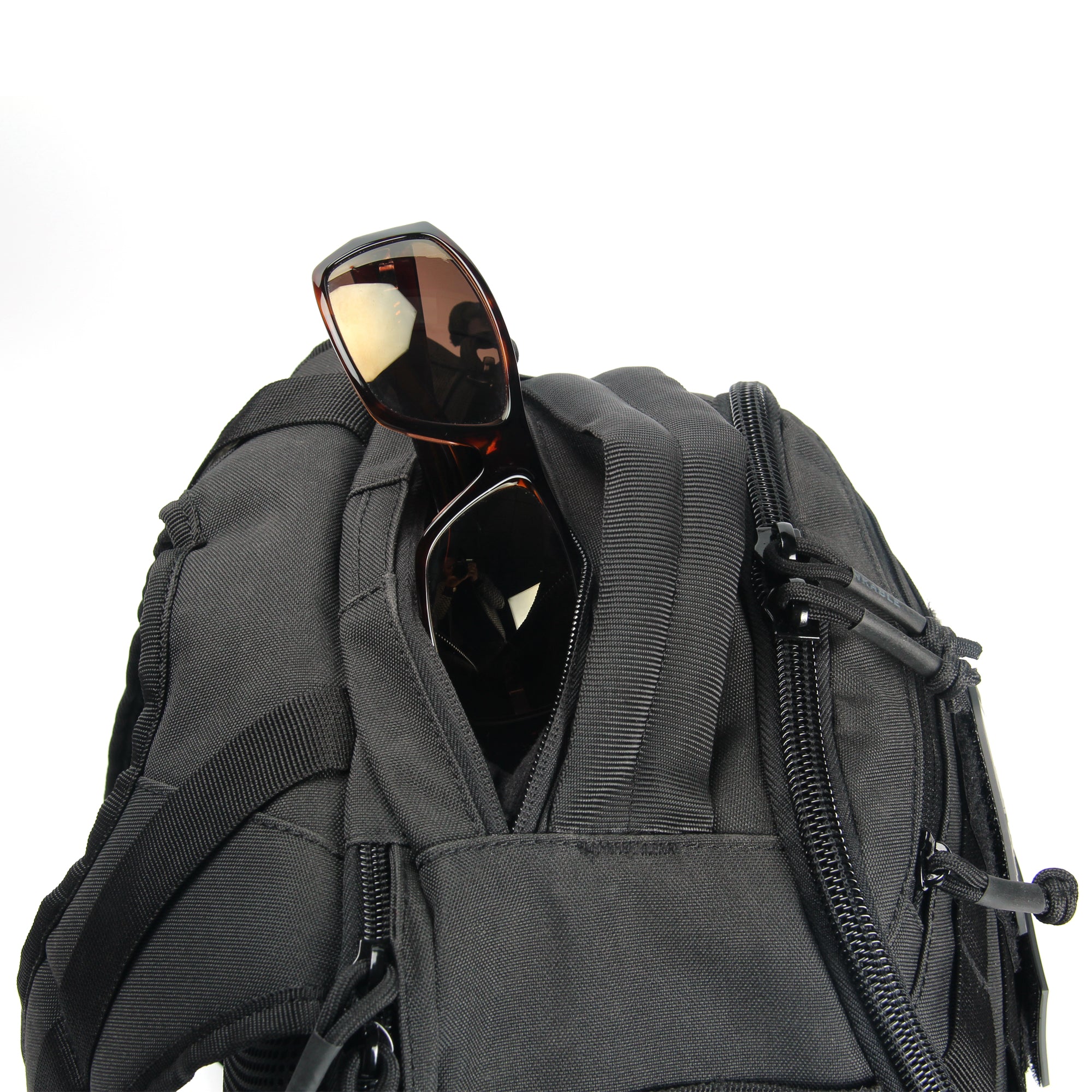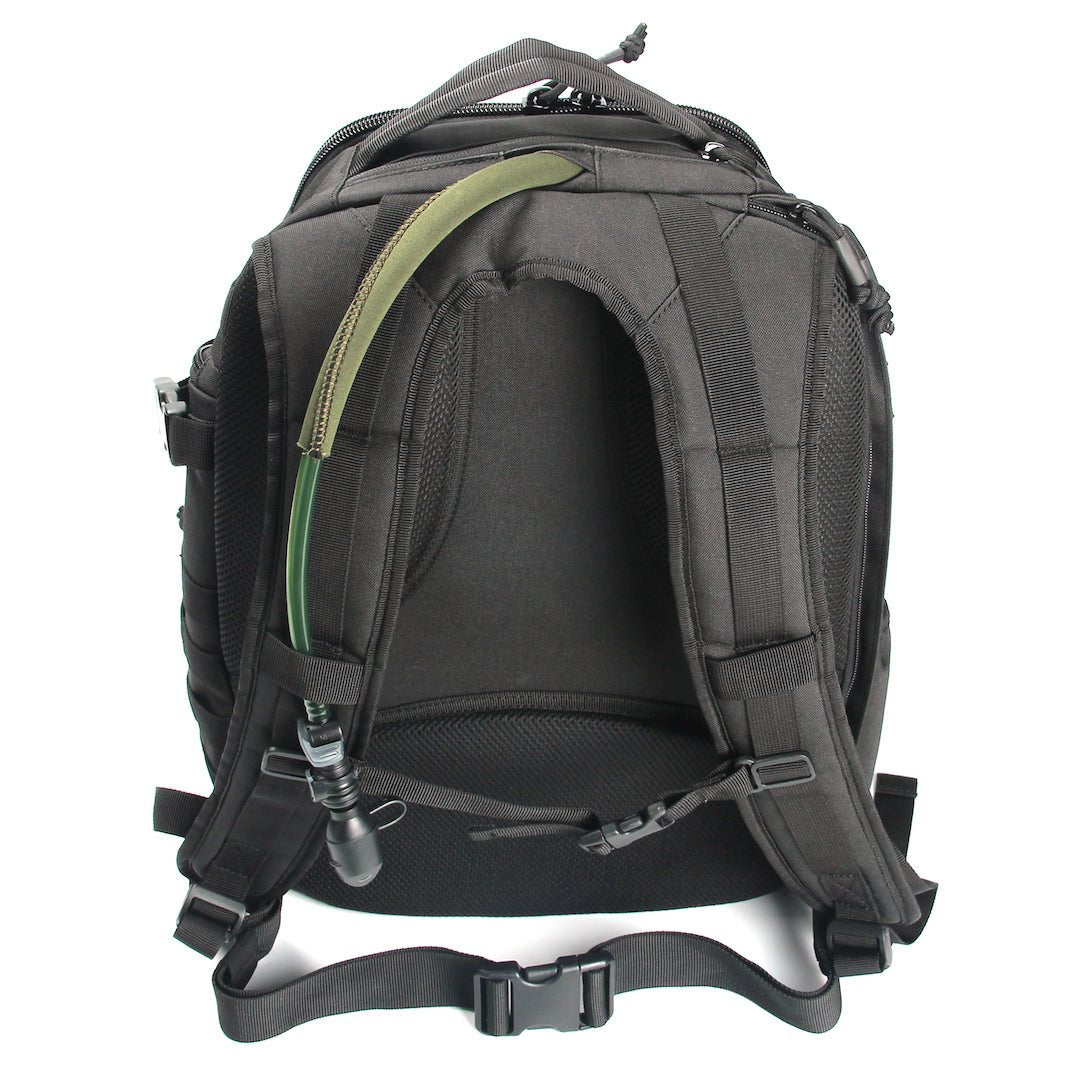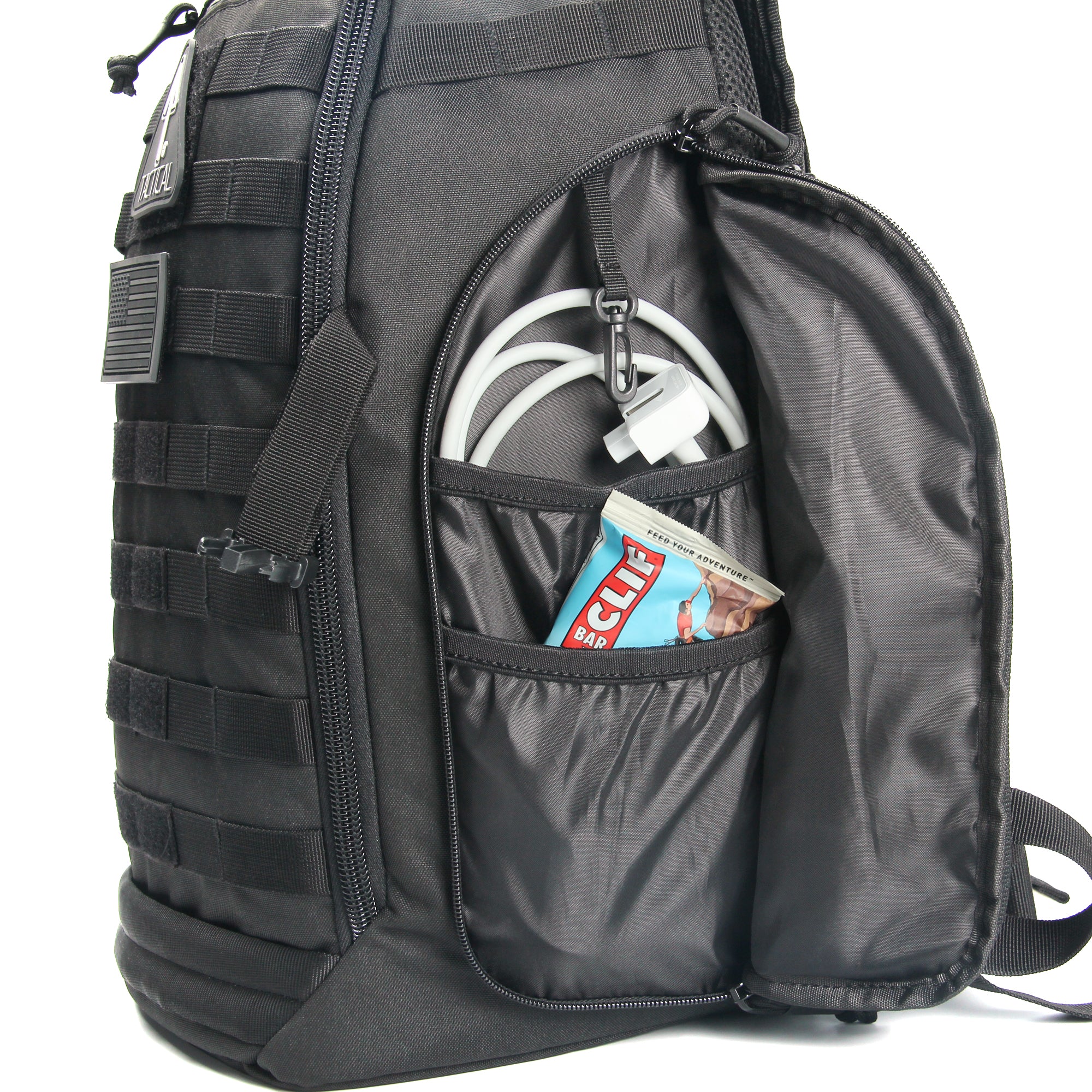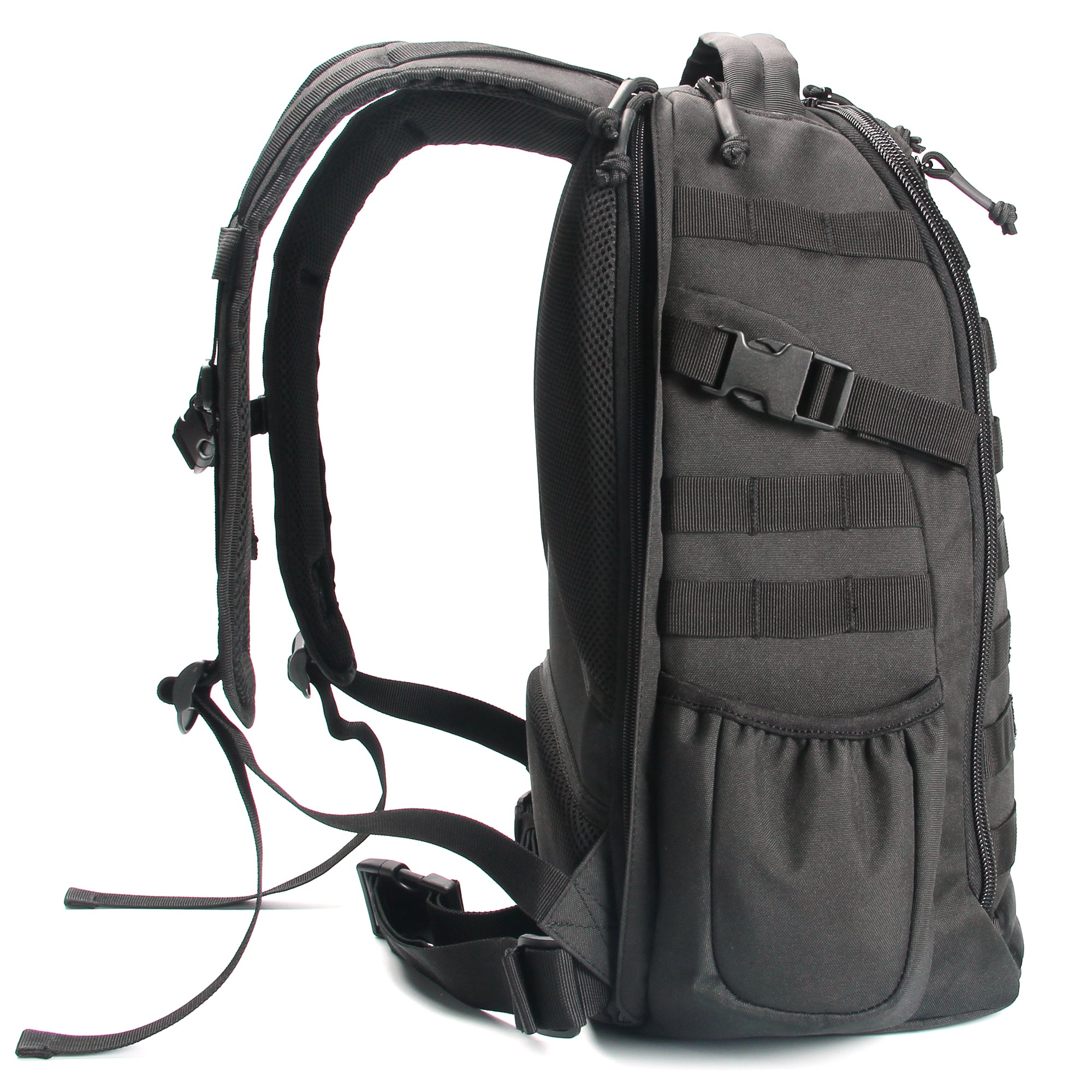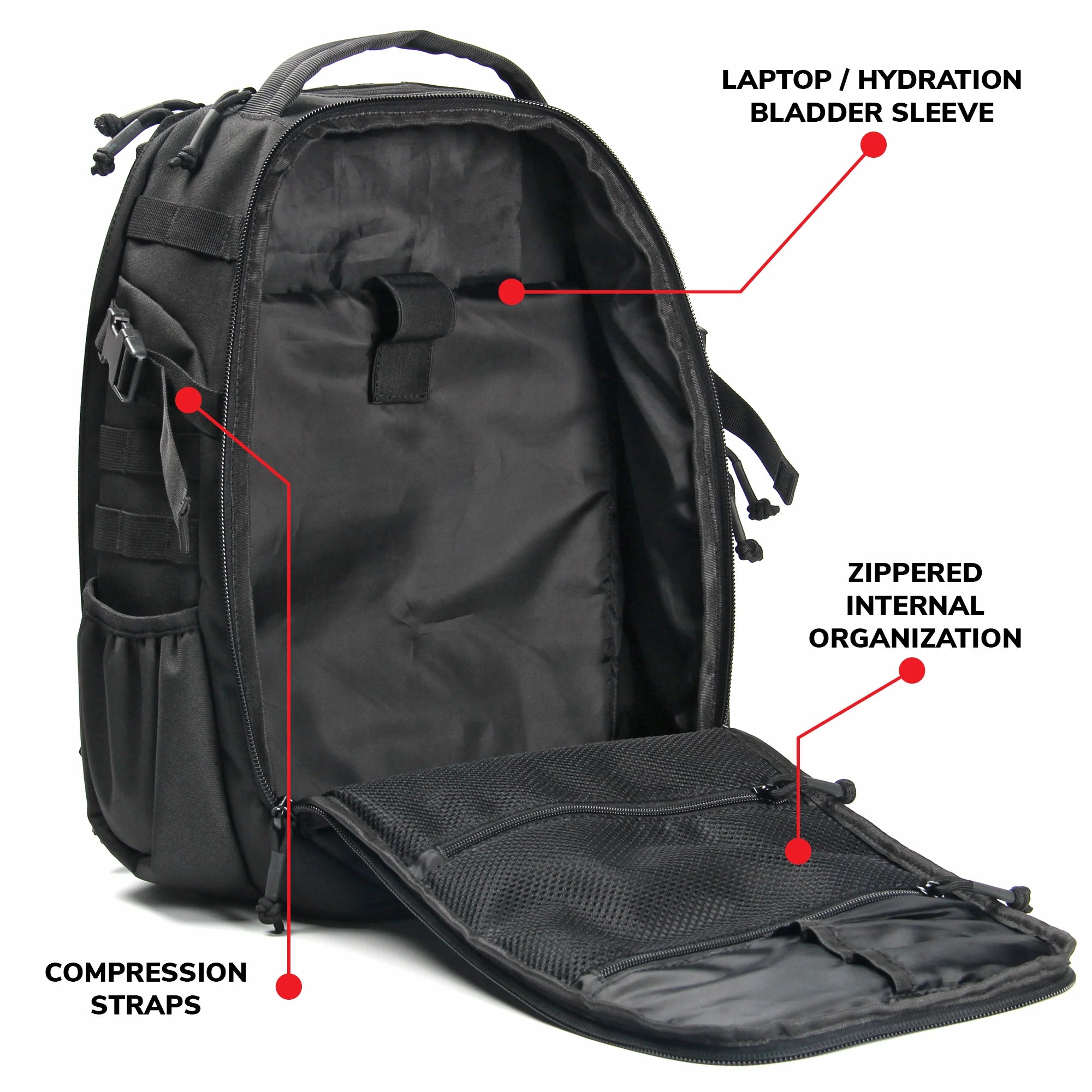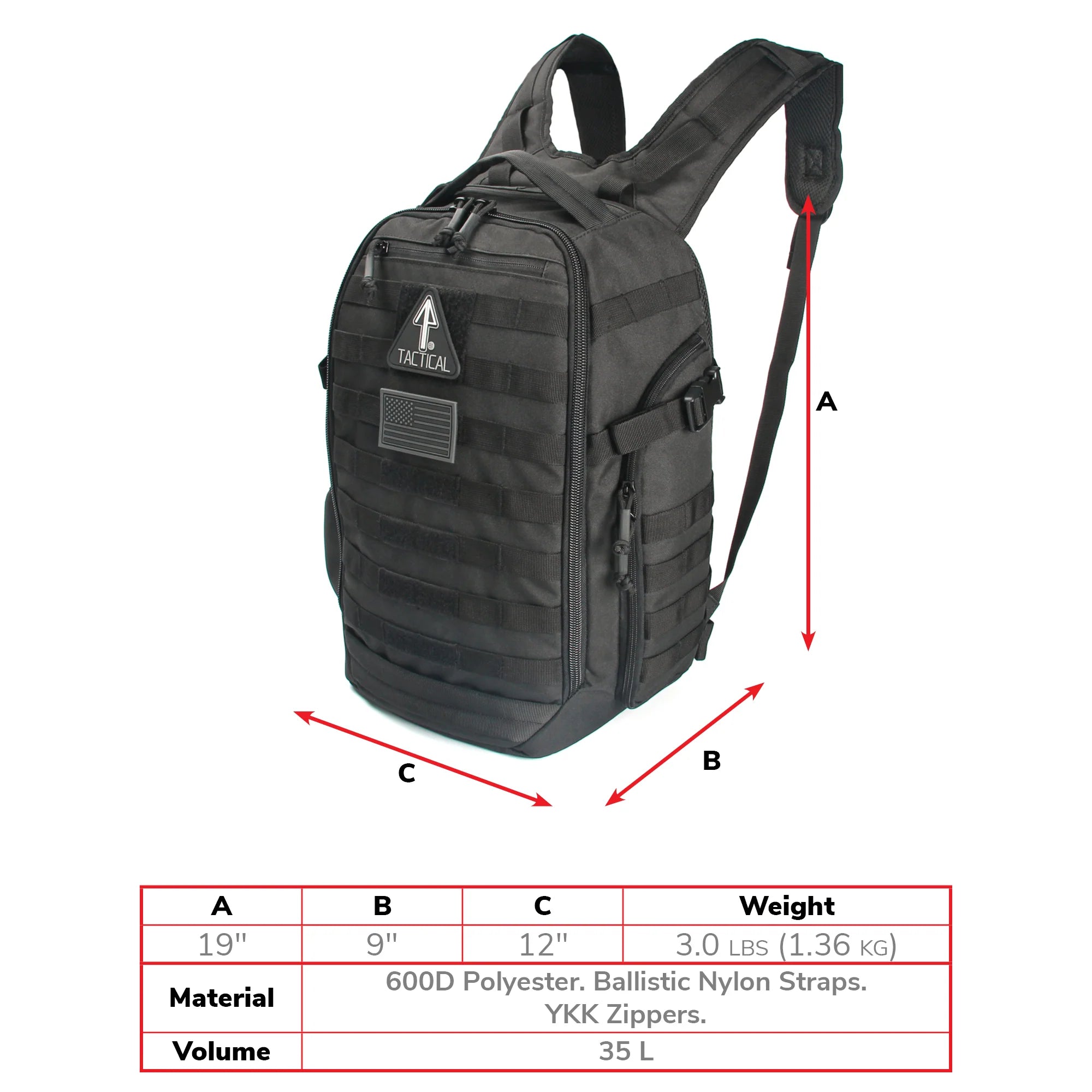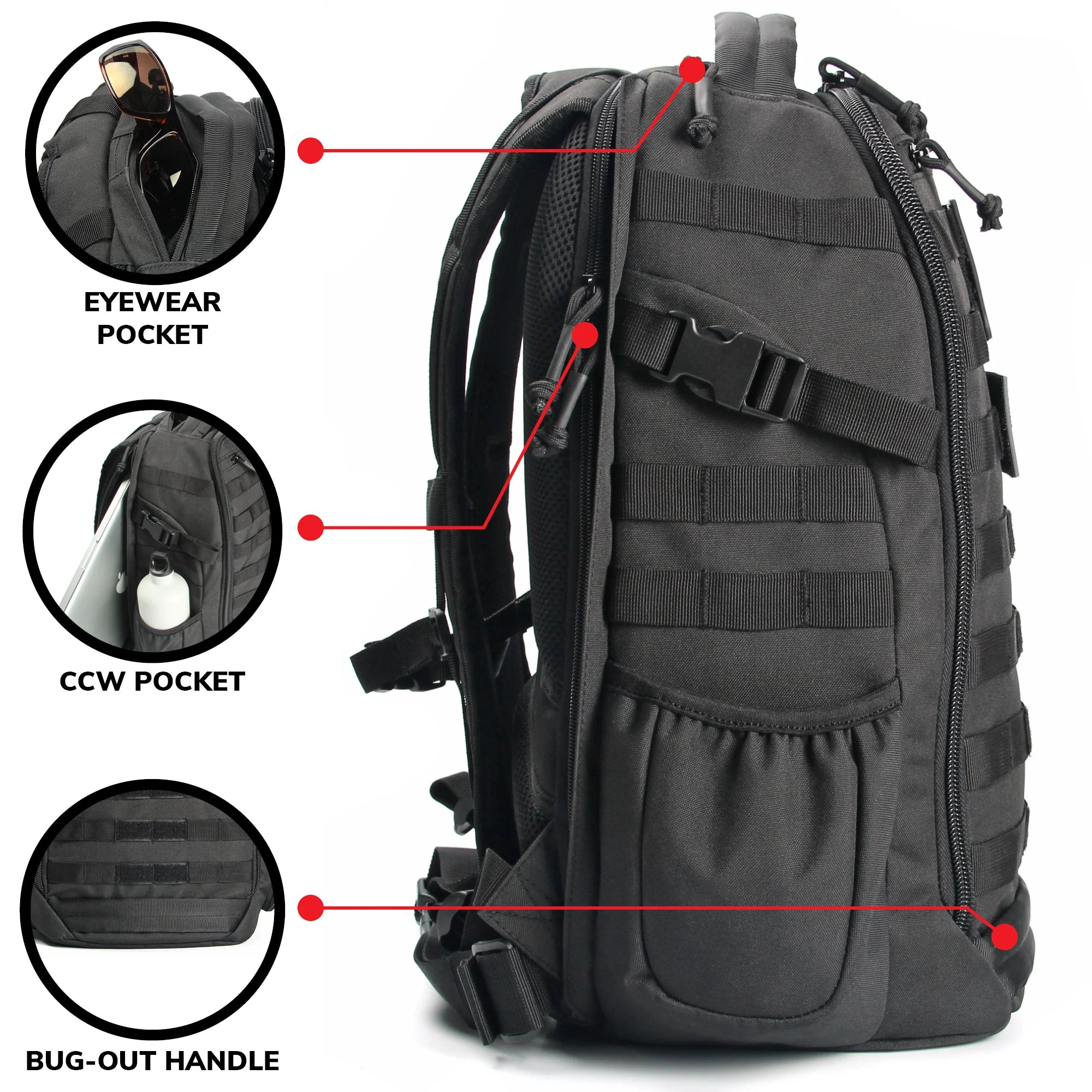
Mountaineering, like any sport, calls on you to keep challenging yourself. Climbing a 14er (fourteener) is one such challenge. It’s an achievement that places you on a certain tier of mountaineering prowess.
At 14er Tactical, we understand the drive to pursue greatness. And we know it can mean taking on a titanic challenge. 14er Tactical encourages a strategic approach in tackling it. Ultimately, climbing a 14er relies on more than raw physical stamina—mental effort is required as well. Acuity and morale will carry you through the rugged endeavor as much as muscular endurance.
Dare we say that climbing entails tremendous spiritual effort? Mountaineers will understand. It’s part of the beauty of answering the call of the mountains.
What Is a 14er?
Every mountain climber bears the secret wish of becoming unstoppable. A great peak is surely going to put you to the test. But you’ve got the will to overcome it, haven’t you?
When it comes to a 14,000 foot peak, you’re gonna need more than pure will. That’s a 14er. Fourteen thousand feet of rock and dirt, taunting you. Can you conquer this? Oh, you can, with proper training and the right gear—including quality footwear and a damn good tactical backpack!
Fourteen thousand feet of elevation. In the USA, less than a hundred mountains count as 14ers. Denali (Alaska), Mount Whitney (California), Mount Rainier (Washington), Mount Elbert (Colorado) and so on. Colorado has the most 14ers of any state, with 53 peaks in total.
What to Bring on a 14er?


You’ve got to be an experienced climber to even think of summiting a 14er. While you may not need our guidance on what to pack, we’re providing a checklist here for your convenience.
- Water resistant clothing (multiple layers)
- Water resistant jacket
- Hiking pants (long)
- Hiking shorts
- Footwear
- Headlamp
- Sun protection
- First aid kit (IFAK)
- Tactical backpack
- Emergency shelter
- Fire starter kit
- Mess kit
- Utility knife
- Small shovel
- Food and water
- Navigation tools
- Climbing rope
- Garbage bags
- Extra batteries
- Trekking poles
- Towel (to soak up sweat)
What Gear Do You Need to Hike a 14er?
You’ve got your packing list, you must know what these items are for, right? Still, it won’t hurt to discuss some of these gear options in more detail. We’ve got some recommendations!
Navigation tools can mean maps, GPS devices or even a smartphone. If you’re relying on an electronic device, you’d better bring extra batteries or a solar charger. We strongly recommend bringing a map and compass as backup, in case of damage to your device.
A shortwave radio device could come in handy. If you encounter an emergency, you can more easily call for help.
A tactical backpack is something of a statement of purpose. It signals how serious minded you are about taking on the challenge of a 14er tactical climb. Of course, you can also slap some fun tactical patches on your pack, too! It’s a great way to keep up morale!
An IFAK pouch to hold your individual first aid kit is essential. You want emergency supplies to be organized in one place, within easy reach. We recommend keeping a specialized IFAK pouch clipped to the outside of your pack, where it is swiftly accessible in case of a mishap.

Preparing to Climb Your First 14er
Fortune favors the bold, they say. But at 14erTactical, we see things differently: Success favors the prepared—the tactician (or climber) who has foreseen every possibility. A major challenge such as a 14er attempt requires utmost preparedness.
Training is essential. Get physically fit and build for endurance. Train your mountain legs! Become acclimated to outdoor hiking conditions, preferably at high elevations. You’ll need to adjust to your environment as well as gain stamina. Fourteeners will demand that you trek in conditions of less oxygen.
Choose the right peak for your skill level. As a beginner to 14er climbing, you should opt for a less punishing climb. We recommend a peak that demands no more than 7 or 8 miles of trekking. Quandary Peak and Grays Peak are plausible choices.
Plan your route and study it well. Research trail information about the peak online. Read comments by climbers who have done the route to learn what to expect. Check on the weather conditions for the day of your planned hike.
Gear up! Obtaining the right footwear and equipment can make or break your climb. Be sure to get a high quality tactical backpack. One that will keep your things secure and organized, as well as protected from rain, moisture and dust. The 14erTactical Backpack does all that, and offers quick access to pockets on the upper and lower side of the bag. That means quick access to snacks, wipes, sunglasses or a utility knife. Keep a handy IFAK pouch clipped to your pack as well.
How to Climb Your First 14er?
Get an early start. Ideally, you should begin the hike at the break of dawn. The more daylight you have, the better. But don’t start before chowing down on a hearty breakfast and hydrating yourself. You don’t want to start your climb on an empty stomach!
Steady your resolve for the first half-mile. This can often be the toughest stretch of the challenge. If you can get past it, you’ll be more motivated to achieve your goal. During this stretch, you’ll be glad of having a good tactical backpack—something that won’t strain your back or shoulders, and that manages to supporting all the weight with less effort. It makes a big difference!
Take regular breaks. It’s not a bad idea to have frequent snack breaks. Hiking burns a ton of calories. You can consume between 4,000 and 7,000 calories on a 14er tactical climb! Snack breaks won’t slow you down much. They’ll fuel you to push yourself farther. They’ll help you stave off fatigue and boost your energy for a stretch or two.
Keep hydrated, of course! Every seasoned mountain climber knows this, but it always bears repeating!
Boost your morale in any way you can. Some climbers have a mantra of encouragement. Others stick tactical patches on their gear to cheer themselves up. Do what is right for you. (If you do go for tactical patches, here’s a 14erTactical collection that’ll put a smile on your face!)


